Comprehensive Osteoarthritis Treatment
Non-Pharmacological, Medical, and Surgical Solutions for Long-Term Joint Relief
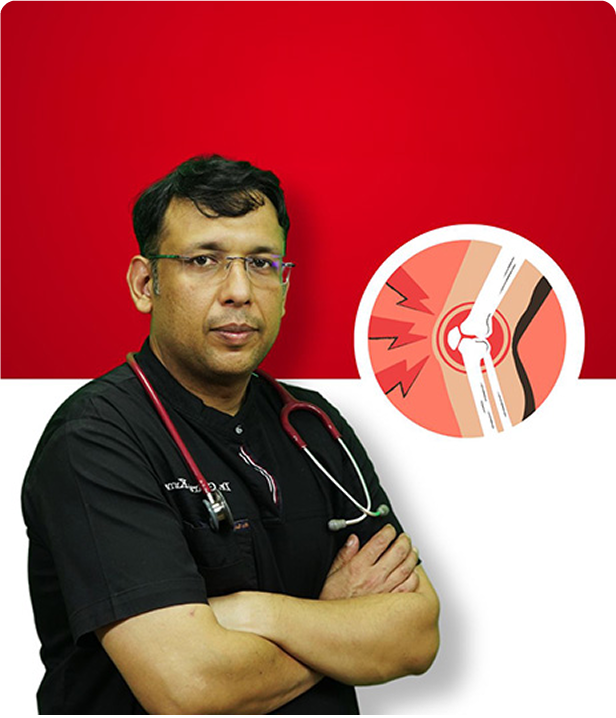
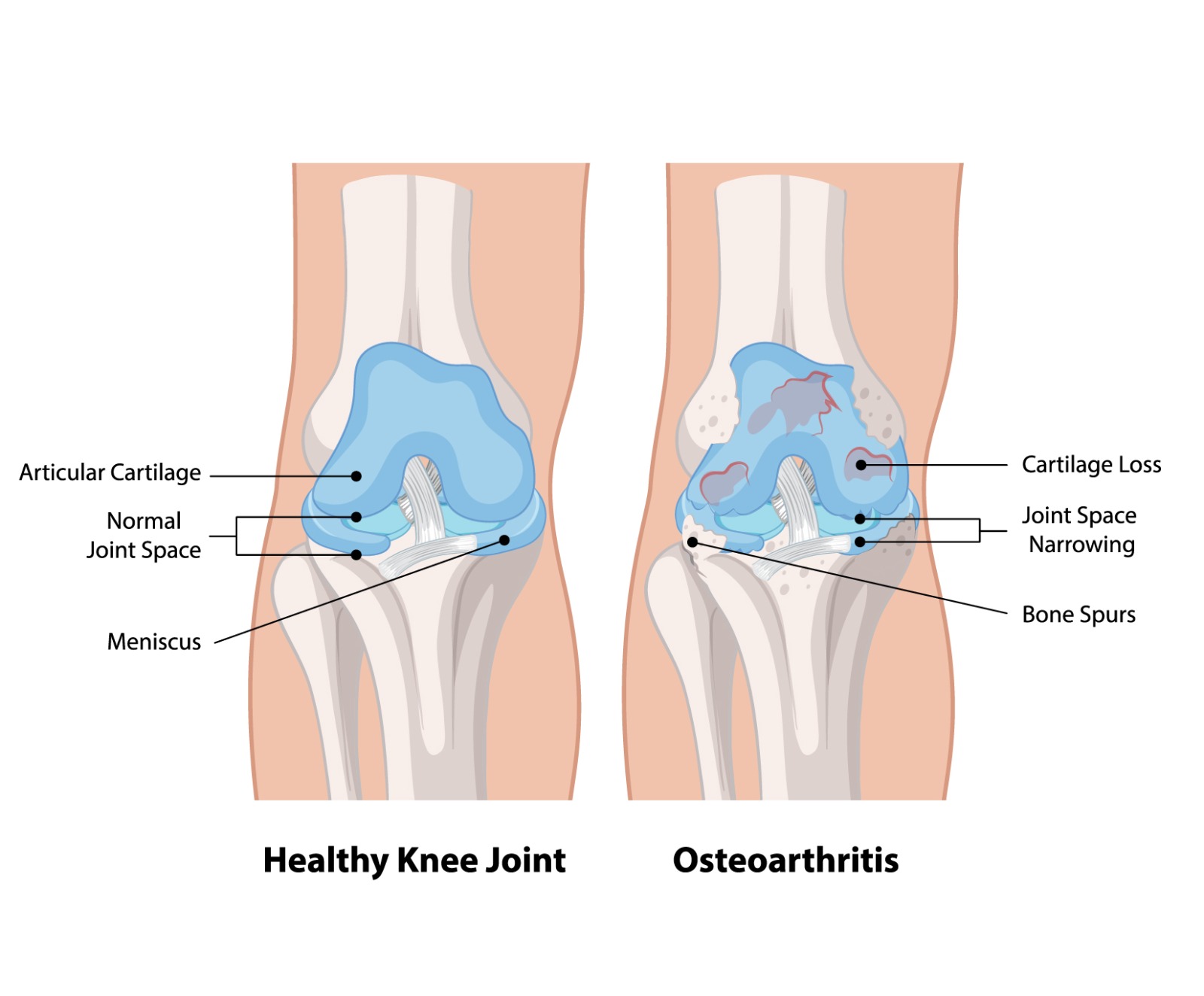
Treatment Options for Osteoarthritis Explained

Osteoarthritis is the most common type of arthritis which occurs with advancing age, caused by gradual cartilage breakdown in the joints. It leads to pain, stiffness, and reduced mobility, especially in the knees, hips, and spine. At Jhansi Orthopaedic Hospital, under the expert guidance of Dr. Gaurav Gupta, patients receive advanced, personalized osteoarthritis treatment. Options include lifestyle modifications, physical therapy, medications, and surgical procedures. This comprehensive approach ensures effective pain relief, joint protection, and improved mobility, helping patients remain active and independent for longer.
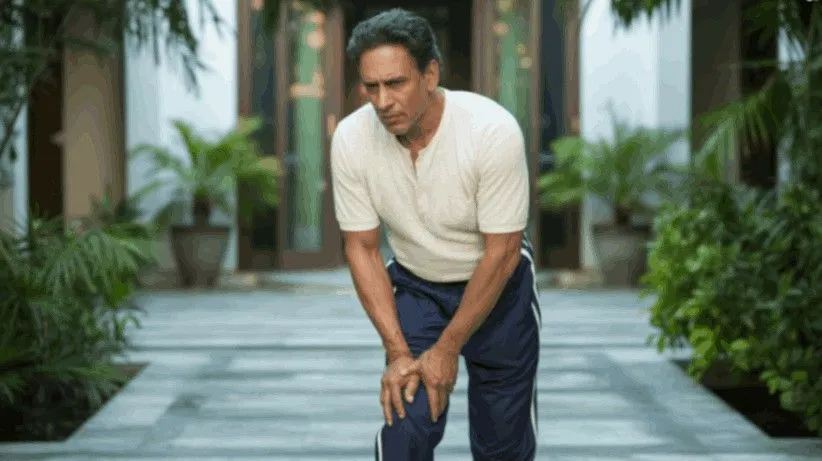
Persistent Joint Pain in Daily Movements
Pain often worsens with activity but usually improves with adequate rest and joint support.
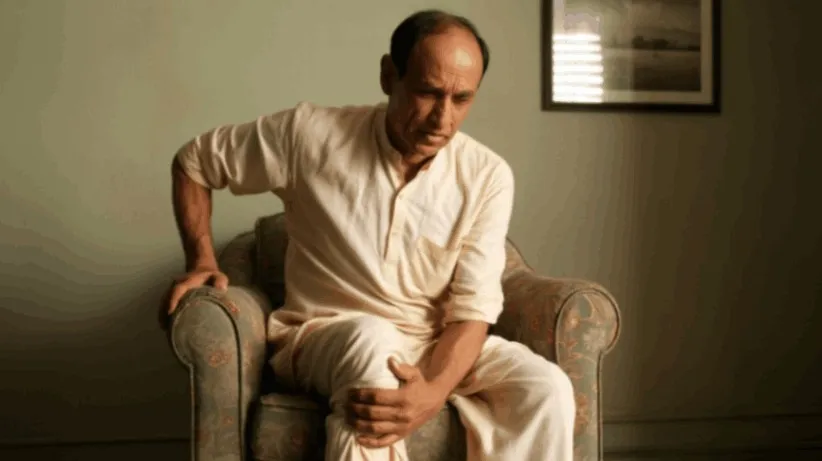
Stiffness After Rest or Morning Hours
Morning stiffness lasting beyond thirty minutes can indicate rheumatoid arthritis
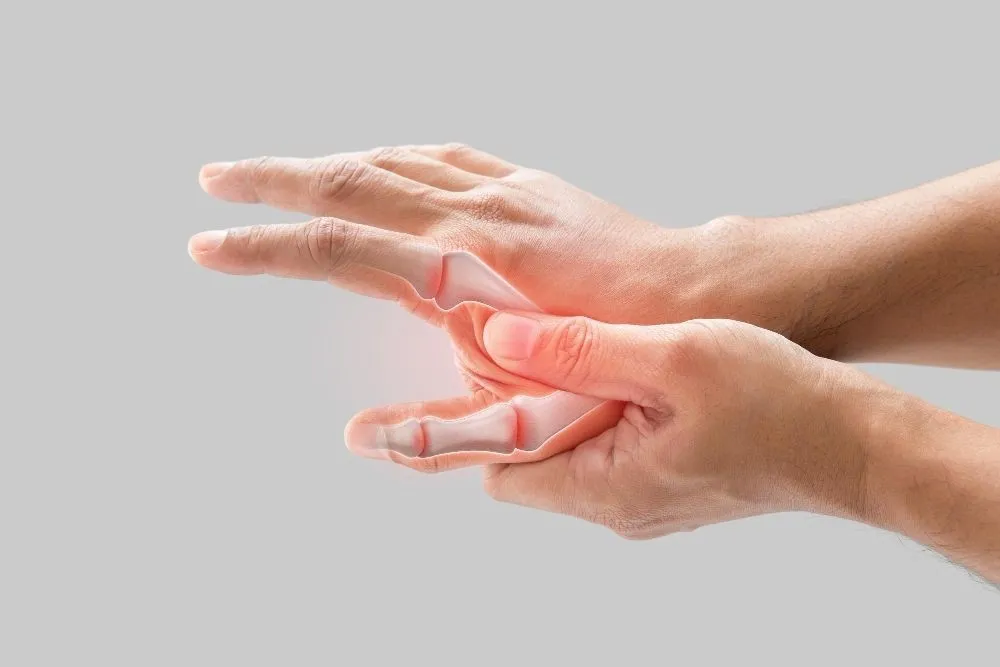
Swelling and Tenderness in Affected Joints
Swelling, warmth, and tenderness are common in advanced osteoarthritis, signaling joint inflammation.
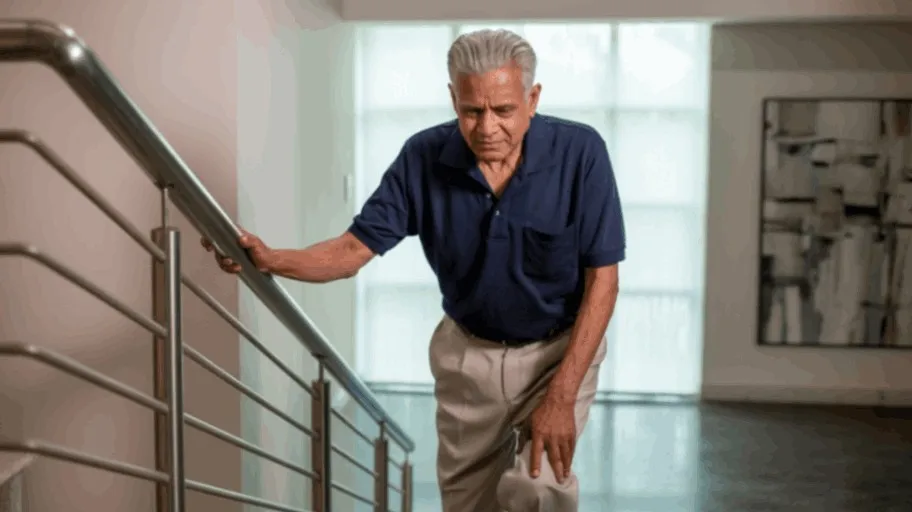
Reduced Flexibility and Joint Range of Motion
Limited flexibility makes bending, climbing stairs, or daily activities increasingly difficult over time.
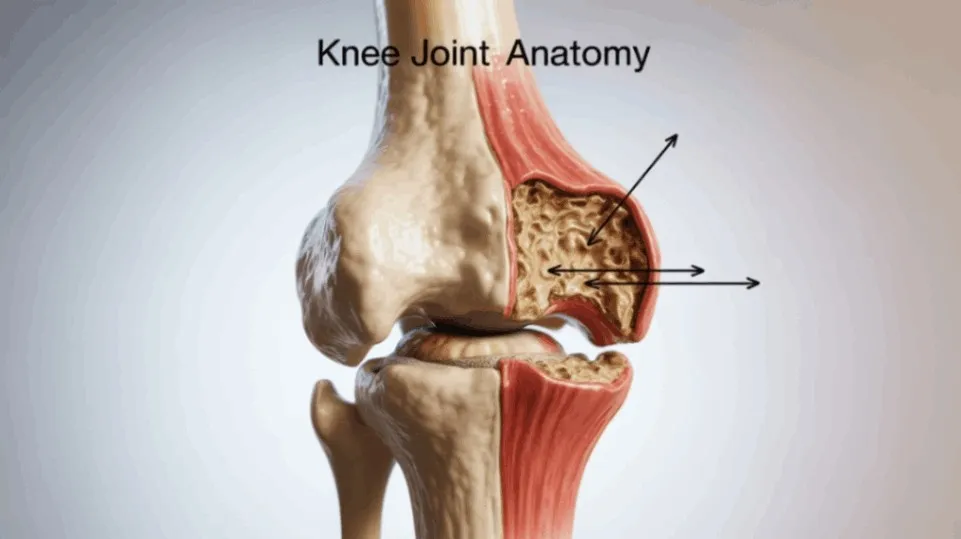
Grating Sensation or Joint Instability Noticed
Grinding or cracking sounds occur when damaged cartilage causes friction within the joint. Instability of joint occurs when arthritis advances to severe stage
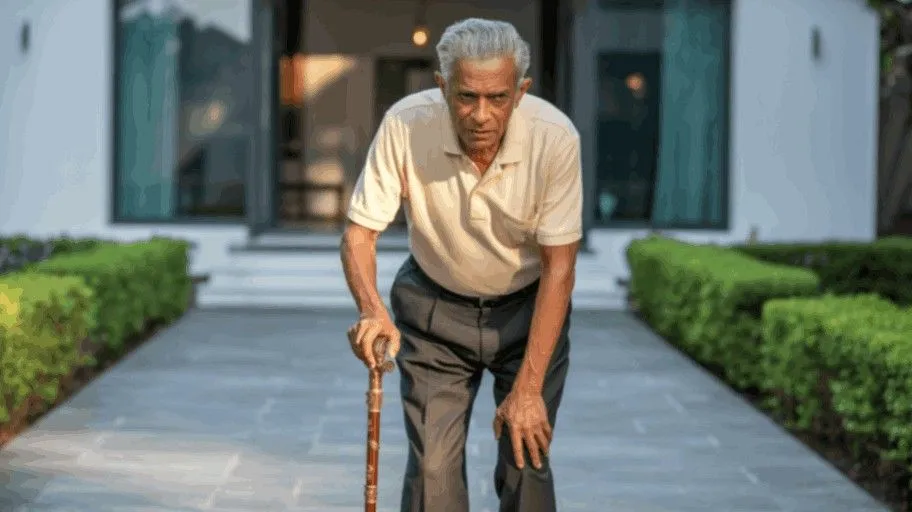
Progressive Loss of Strength and Function
Over time, weakened joints reduce independence, impacting walking, lifting, or other physical activities.
Care that Speaks for itself...
Treatment Protocols

Customized Non-Pharmacological Care for Long-Term Joint Preservation
Lifestyle changes, exercise, weight management, and physical therapy form the foundation of osteoarthritis management, slowing progression and improving overall joint health.

Pharmacological Treatments Tailored for Pain and Inflammation Relief
Medications such as NSAIDs, analgesics, and topical agents help manage pain, while injections like corticosteroids and hyaluronic acid provide targeted relief.

Advanced Surgical Options for Severe Osteoarthritis Cases
Procedures such as Arthroscopy, Osteotomy, or Robotic Joint Replacement are considered when conservative care fails, restoring mobility and reducing chronic pain.

Ongoing Research into Disease-Modifying Osteoarthritis Drugs (DMOADs)
New therapies like glucosamine and chondroitin show promise in slowing disease progression, offering potential breakthroughs in future osteoarthritis management.

Why Dr. Gaurav Gupta?
Over 20 years of expertise in osteoarthritis and joint preservation treatments.
Leading consultant at Jhansi Orthopaedic Hospital, trusted for advanced orthopedic care.
Comprehensive care model combining lifestyle therapy, medication, and surgical excellence.
State-of-the-art diagnostic tools ensure accurate and early detection of osteoarthritis.
Proven track record of successful outcomes, restoring mobility and quality of life.
Understanding Osteoarthritis Impact
From prevalence to treatment success rates, here’s what the data shows.
300M
Over 300 million people worldwide are currently living with osteoarthritis.
1 in 10
adults over age 60 experiences significant osteoarthritis-related disability.
90%
Up to 90% of knee replacement surgeries relieve severe osteoarthritis pain successfully.
25%
Regular exercise reduces osteoarthritis progression risk by nearly 25%.
Are you ignoring these Osteoarthritis Symptoms?
FAQs with Answers
Early symptoms include joint pain after activity, morning stiffness, reduced flexibility, and occasional swelling, most often in knees, hips, hands, or spine.
While common in older adults, osteoarthritis can develop earlier due to joint injuries, obesity, genetics, or repetitive strain on weight-bearing joints.
No. Low-impact exercises like swimming, walking, or cycling improve strength, flexibility, and mobility without worsening joint damage, making exercise a vital part of treatment.
Excess weight puts additional stress on joints, particularly the knees and hips. Losing even a small percentage of body weight reduces pain and slows progression.
Analgesics and NSAIDs provide relief but may carry risks. Doctors tailor treatment to minimize side effects and often recommend topical agents or periodic injections.
Surgery is considered when conservative treatments fail, pain becomes severe, or joint function is significantly impaired, especially in hips and knees.
Most patients walk within days and regain function in weeks. Full recovery may take 3–6 months with physiotherapy for long-term success.
Some patients report pain relief from acupuncture, massage, or supplements. These therapies work best as supportive care alongside medical treatment.
Research into disease-modifying osteoarthritis drugs (DMOADs) and regenerative therapies like stem cells shows promise, aiming to slow disease progression and improve outcomes.
Dr. Gaurav Gupta combines lifestyle advice, medications, and surgical interventions at Jhansi Orthopaedic Hospital, offering personalized, advanced care for effective osteoarthritis management.


